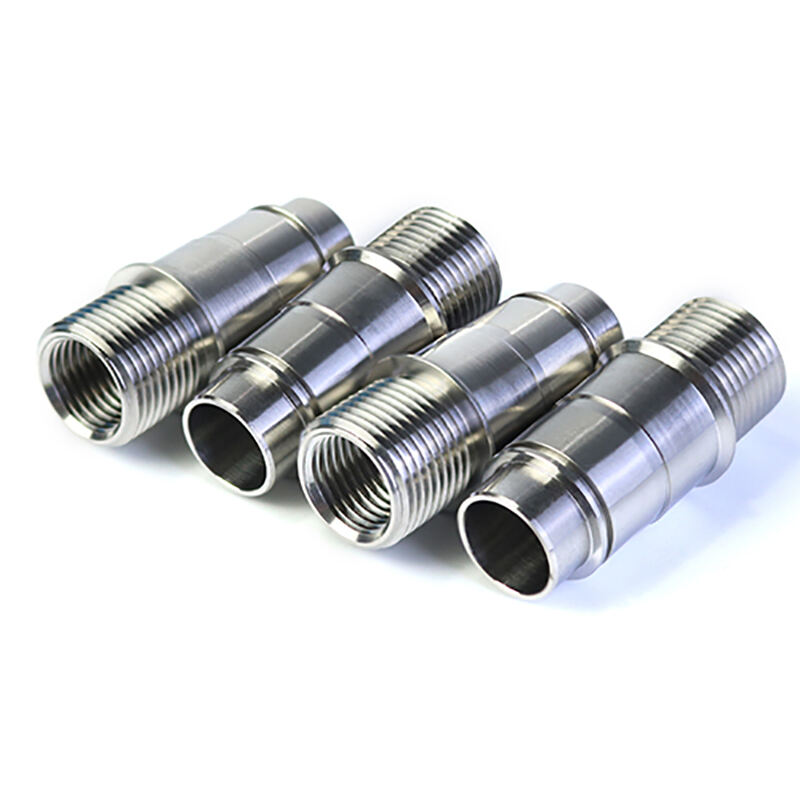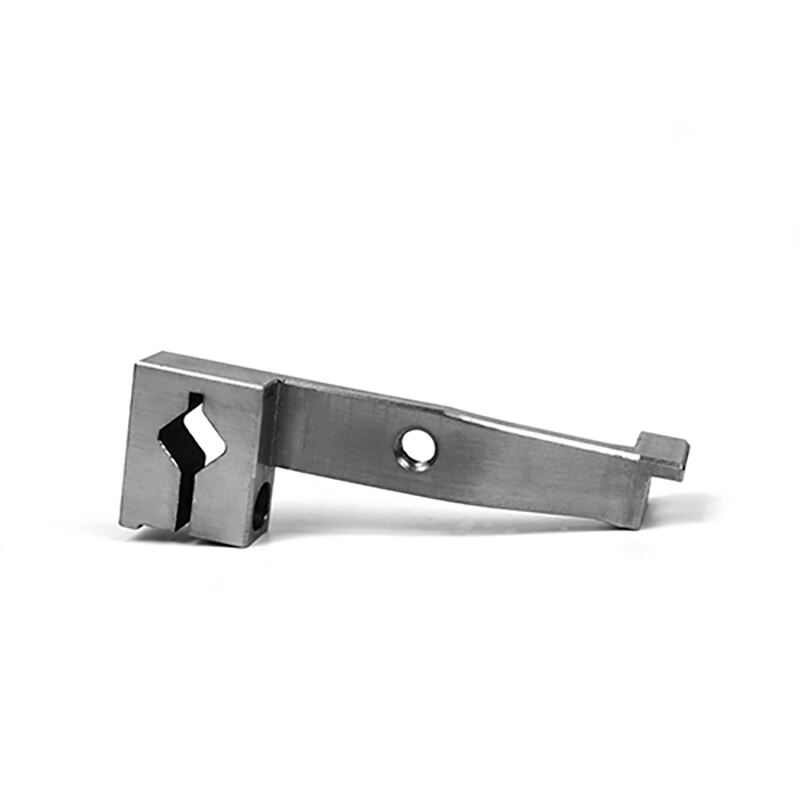Building 49, Fumin Industrial Park, Pinghu Village, Longgang District
Sunday Closed
Type:Broaching, DRILLING, Etching / Chemical Machining, Laser Machining, Milling, Other Machining Services, Turning, Wire EDM, Rapid Prototyping
Model Number:OEM
Keyword:CNC Machining Services
Material:stainless steel aluminum alloy brass metal plastic
Processing method :CNC milling
Delivery time:7-15 days
Quality:High End Quality
Certification:ISO9001:2015/ISO13485:2016
MOQ:1Pieces
Numerical control machine tool components are essential core components in modern manufacturing, and their performance directly affects machining accuracy, production efficiency, and equipment lifespan. With the development of industrial automation and intelligence, the mechanical structure design, manufacturing process and optimization of key functional components of CNC machine tools have become important directions for promoting the transformation and upgrading of the manufacturing industry.

A CNC machine tool consists of multiple key components, including spindle assembly, screw nut pair, guide rail pair, servo system, CNC device, etc. These components work together to ensure that the machine tool can perform high-precision and high-speed machining according to the set program.
1. Spindle components
The spindle is one of the core components of CNC machine tools, responsible for driving the tool to rotate. The spindle components usually include spindle box, electric spindle, bearings, and transmission system. Its design directly affects the speed, torque, and stability of the machine tool. Research has shown that optimizing the spindle structure can significantly improve the machining accuracy and efficiency of machine tools
In addition, the high-speed rotation of the spindle and the relative motion of the tool are the basis of CNC machining
2. Screw nut pair
The screw nut pair is a key component for achieving feed motion in CNC machine tools. It converts rotational motion into linear motion, thereby driving the worktable or tool holder to move. The accuracy and rigidity of the screw nut pair have a significant impact on the positioning accuracy and repeatability accuracy of the machine tool. Research has shown that the assembly process and debugging of screw nut pairs are important links in improving the overall performance of machine tools
3. Guide rail pair
The guide rail pair is a supporting structure in CNC machine tools that enables the movement of the worktable or tool holder. It not only plays a guiding role, but also plays a key role in the smoothness and stability of the machine tool's movement. Research has shown that the assembly accuracy and surface quality of guide rail pairs directly affect the operational stability of machine tools
In addition, the design of the guide rail pair also needs to consider the overall layout and dynamic characteristics of the machine tool
4. Servo system and drive device
The servo system is a key component for achieving precise control in CNC machine tools. It receives instructions from CNC devices and drives actuators such as motors or hydraulic cylinders to achieve precise control of machine tool motion. The performance of the servo system directly affects the response speed and control accuracy of the machine tool
Research has shown that optimizing the design and improving the stability of servo systems are important means to enhance the overall performance of CNC machine tools
5. Numerical Control Device
The CNC device is the "brain" of the CNC machine tool, responsible for receiving input machining programs and converting them into control signals to drive the servo system and actuator to work. The performance of numerical control devices directly affects the machining accuracy and efficiency of machine tools. Research has shown that optimizing and improving the stability of CNC systems is an important direction for enhancing the overall performance of CNC machine tools
The manufacturing and assembly process of CNC machine tool components is a key link to ensure the performance and quality of the machine tool. Research has shown that the debugging and optimization of assembly processes are of great significance for improving the assembly accuracy and stability of machine tools. For example, the assembly of the spindle component requires precise measurement and adjustment to ensure its rotational accuracy and axial runout are within the allowable range. In addition, the assembly of screw nut pairs and guide rail pairs also requires strict testing and debugging to ensure their smooth movement and positioning accuracy
The application of modular design, topology optimization design, and green manufacturing technology in the manufacturing process helps to improve the manufacturing efficiency and product quality of CNC machine tools. For example, modular design can improve the maintainability and flexibility of machine tools, while topology optimization design helps reduce material waste and improve structural strength. In addition, the application of green manufacturing technology also helps to reduce the energy consumption and carbon emissions of CNC machine tools, promoting the sustainable development of the manufacturing industry
With the development of intelligent manufacturing and industrial Internet, the optimization and innovation of CNC machine tool components has become an important direction to promote the high-quality development of the manufacturing industry. Research has shown that the application of networked CNC machine tool manufacturing technology can help improve the production efficiency and flexibility level of machine tools. For example, through distributed network manufacturing technology, unit manufacturing and information integration can be achieved, improving the utilization efficiency of machine tools
In addition, the intelligence and automation level of CNC machine tools are constantly improving. For example, by introducing artificial intelligence technology, intelligent monitoring and fault prediction of machine tool operation status can be achieved, improving the reliability and service life of machine tools. At the same time, the precision retention testing and evaluation technology of CNC machine tools is constantly developing, which helps to improve the long-term stability and machining consistency of machine tools



Q:How fast can I receive a CNC prototype?
A:Lead times vary depending on part complexity, material availability, and finishing requirements, but generally:
· Simple prototypes: 1–3 business days
· Complex or multi-part projects: 5–10 business days
Expedited service is often available.
Q:What design files do I need to provide?
A:To get started, you should submit:
· 3D CAD files (preferably in STEP, IGES, or STL format)
· 2D drawings (PDF or DWG) if specific tolerances, threads, or surface finishes are required
Q:Can you handle tight tolerances?
A:Yes. CNC machining is ideal for achieving tight tolerances, typically within:
· ±0.005" (±0.127 mm) standard
· Tighter tolerances available upon request (e.g., ±0.001" or better)
Q:Is CNC prototyping suitable for functional testing?
A:Yes. CNC prototypes are made from real engineering-grade materials, making them ideal for functional testing, fit checks, and mechanical evaluations.
Q:Do you offer low-volume production in addition to prototypes?
A:Yes. Many CNC services provide bridge production or low-volume manufacturing, ideal for quantities from 1 to several hundred units.
Q:Is my design confidential?
A:Yes. Reputable CNC prototype services always sign Non-Disclosure Agreements (NDAs) and treat your files and intellectual property with full confidentiality.
Copyright © Shenzhen Perfect Precision Products Co., Ltd. All Rights Reserved — Privacy Policy — Blog